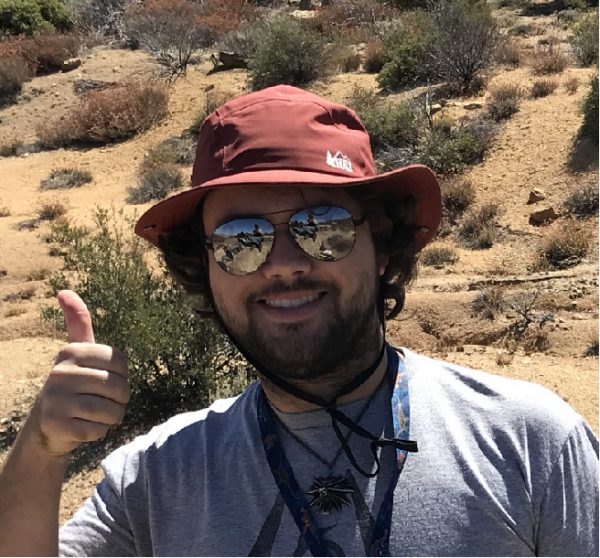A comparison of the relative taxonomic abundances of fossil seabirds from the early to late Pliocene of California

Ross Grundler
BS Candidate
Advisor: Dr. Tom Demere and Dr. Allen Gontz
December 11, 2020 – 9:30 am
watch Ross’s defense
Abstract
The San Diego Formation (Plio-Pleistocene) in San Diego County has produced several fossil baring localities that have given paleontologist insight into the fossil faunal communities in the San Diego area during the late Neogene. Fossil seabirds are common in the San Diego Formation and can give insights into how the fossil seabird community of California has changed from the Pliocene to the Pleistocene. Previous attempts to understand how fossil seabird communities of California and the North Pacific have found that the composition of fossil seabird communities appear to have been influenced by physical factors, such as plate tectonics and changes in oceanographic conditions. Here, I calculated the relative abundances of skeletal elements and taxa of the fossil seabirds recovered from a fossil-baring locality of the San Diego Formation located in the vicinity of Chula Vista, as well as provide a summary of all fossil taxa that have been identified from this site. The relative taxonomic abundances of the fossil seabirds were compared to relative taxonomic abundances calculated in a previous study of fossil seabird diversity in California, in order to understand how the fossil seabird community of California has changed through the Pliocene. I describe how certain oceanographic conditions, such as upwelling, may have influenced the abundances of these fossil seabird taxa. The most abundant fossil seabird taxa from the site in Chula Vista were Podicipediformes (grebes), Pan-Alcidae (auks), and Gaviidae (loons). The high abundance of podicipediforms indicates that this may have been a location where they visited during their winter migrations. Mancallinae (an extinct group of flightless auks) and Sulidae (gannets and boobies), which are absent in the North Pacific today, had decreased in abundance in the late Pliocene compared to their abundances calculated from early Pliocene. Previous studies have found these two groups to have decline during the Pliocene and became extinct during the Pleistocene, and this decrease in abundance appears to support this. The decline in the mancallines may be a result of competition with pinnipeds due to fluctuations in eustatic sea level. A statistical analysis of the relative abundances could not be performed due to time constraints imposed by the Covid-19 pandemic, and an analysis is needed to verify the results. The inclusion of fossil seabird specimens from other localities throughout California can provide a more accurate estimate of fossil seabird diversity during the Pliocene.

